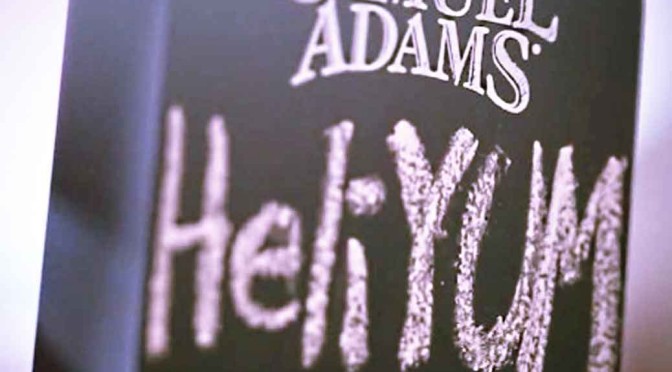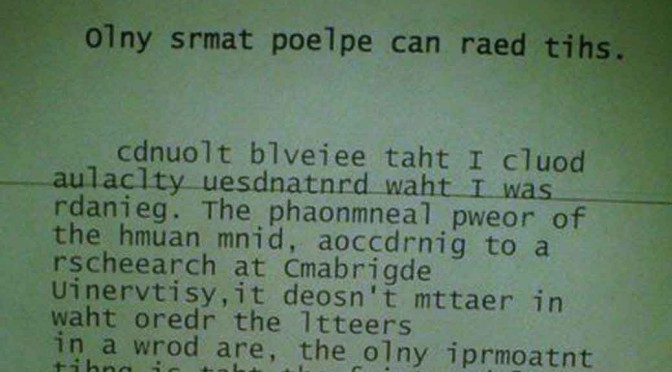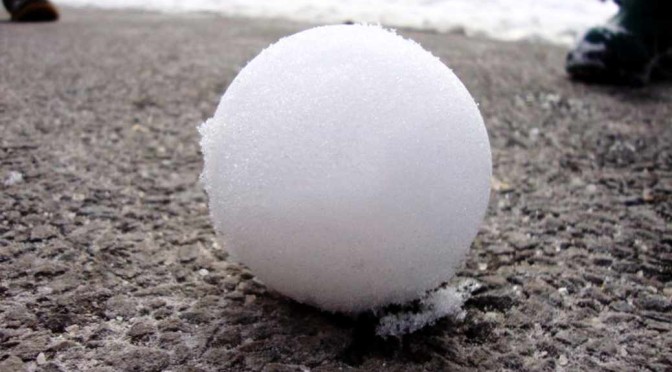By Anupum Pant
Background
For the fizz, almost all beers have carbon dioxide dissolved in them. However, some others have also experimented with Nitrogen beers. But as fas as I know, no other gases have been used to make beers. Tell me in the comments section if you know any other gasses that have been used to do this.
But, on April 1st Samuel Adams announced a Helium beer on his YouTube Channel. Note, the date was 1st April. Here is the video of the announcement.
Save Helium and Science of the Fake Beer
Of course it was an April fools stunt. But what if it was real?
In his “HeliYum beer” Adam announced that, instead of carbon dioxide to create the fizz, he had used the Helium gas in the beer. In the video, as an additional effect, the new beer gas also created a funny atmosphere by affecting the voice of beer tasters. Now, I certainly didn’t like the idea of using Helium to keg beers because I’m very touchy when it comes to wasting the precious gas – Helium. Why? Well, read this Helium article I wrote some time back.
Also, I was adamant in believing if it was even possible to do that. Firstly, the date was 1st April. Secondly, the science clearly didn’t allow this. Here’s why…
1. Helium is about 700 times less soluble in water as compared to carbon dioxide. It is one of the least soluble gases in water and only about 0.0016 g of Helium would get dissolved in a litre of beer. While, at the same conditions, 2.5 g of carbon dioxide is usually present in a litre of beer. This dissolved carbon dioxide is what realeases slowly and creates the fizz. No slow fizz can be done with Helium. Undissolved helium in beer would coalesce into one or two big bubble and…ploop, would go out as soon as the seal would break.
2. Even if Helium was forced into the beer and sealed in a beer can, it would be useless. As soon as the seal would break, all the meaningful amount of helium present inside, undissolved, under pressure, would come out so quickly (due to less viscous beer) that it would bring out a lot of beer with it. It would create a mess. And you wouldn’t be able to even bring the can near your face by the time the whole gas goes away.
Had carbon dioxide been used for the same purpose, the gas would, like it normally does, come out steadily. It would make the bubbles last.
Verdict: No. It’s useless to try to make beer with Helium unless you make it so viscous that it won’t let the Helium pass so easily. In that case, it won’t be beer really. Also, I’m not sure if the fermentation process could take place in such a viscous condition.
Donating = Loving
A small donation worth a single cup of coffee from you can be the difference between this website existing or not. If you like this, please consider buying me a cup of coffee:







